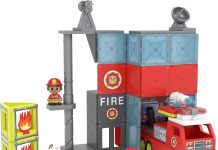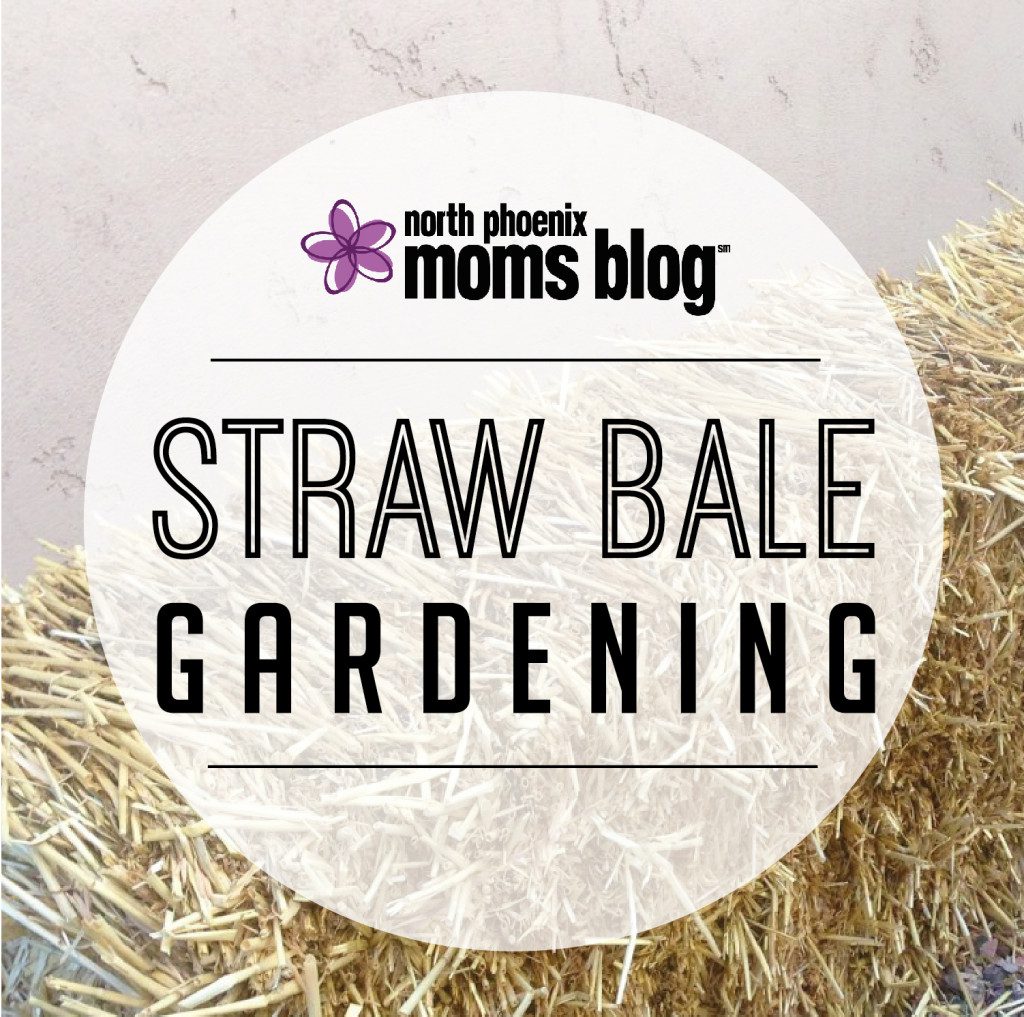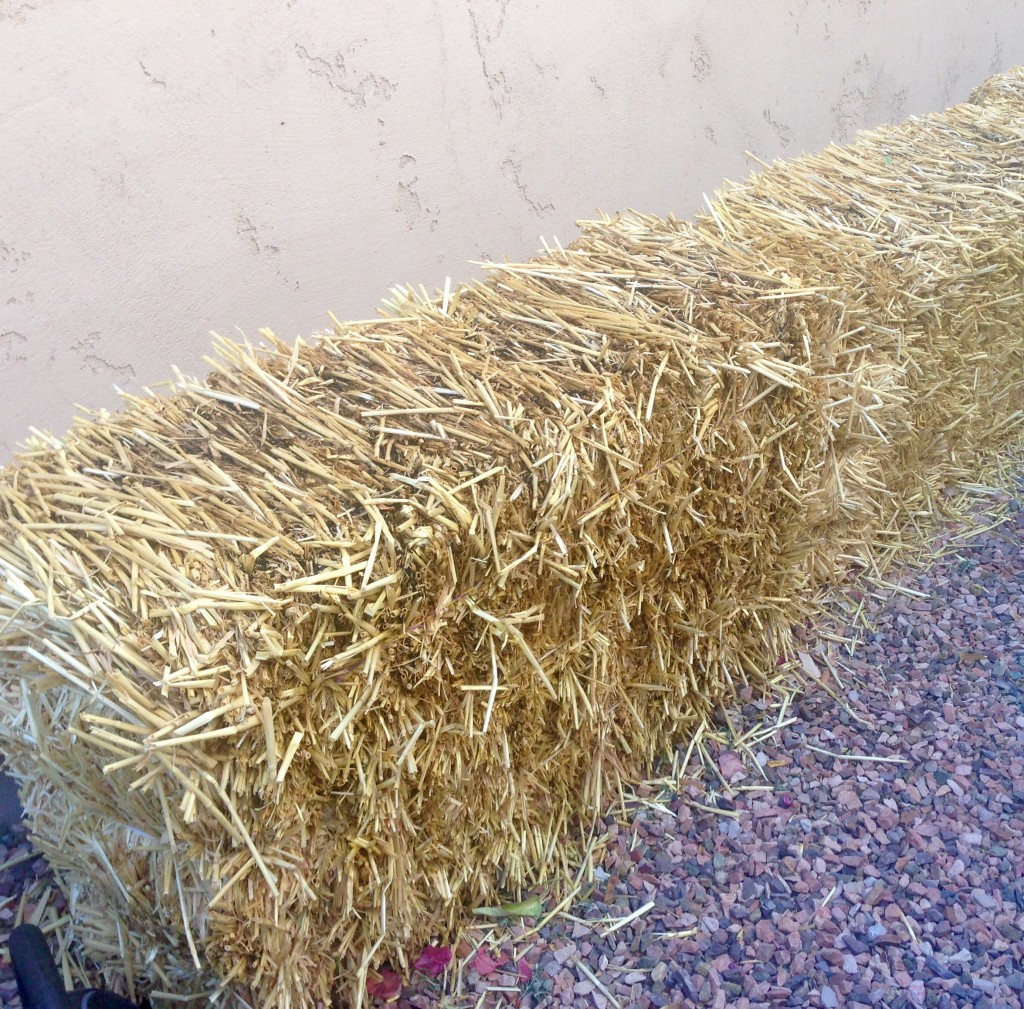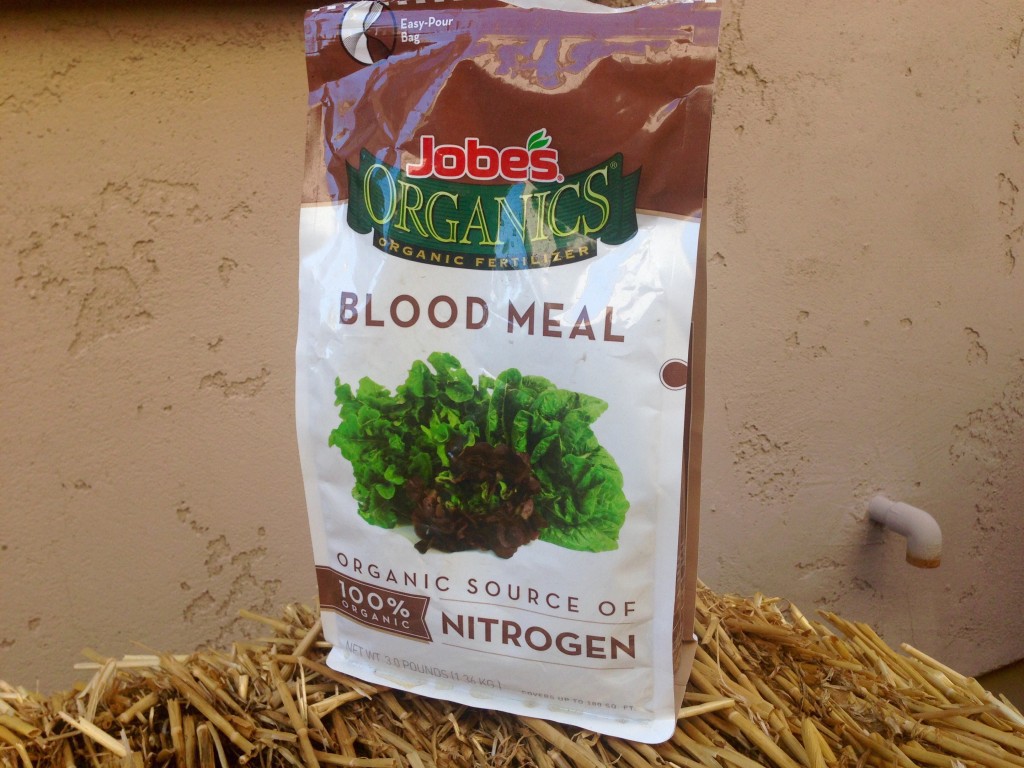Growing up in Western Pennsylvania, my family like most families who “lived in the country” had a garden. The garden was about an acre right in our front yard. It was a ton of work, but definitely rewarding. I remember planting and weeding that garden, then finally, it was picking time. We harvested green beans, cucumbers, tomatoes, lettuce, limas and much more. We had plenty of food for our family of five and plenty to share. My husband has similar memories, but his mom was much more serious about her garden. She considered it a job because the garden help cut food costs in their family of eight. My husband says they would easily can 100 quarts of green beans a season!
I don’t expect my little garden to yield that many green beans, but I sure am looking forward to sharing the gardening experience with my little guy. We are just at the beginning stages and it’s pretty interesting. Instead of planters, which can be expensive, we are doing a Straw Bale Garden. I had never heard of it, but a friend of mine has been doing one for several months now here in the Arizona desert and it is thriving!
So here’s how it works:
Go to the feed store and buy a couple bales of straw. This cost me about $30. Make sure you get straw and not hay. The reason why you want a straw bale is because it doesn’t have any seeds in it.
Then, place the bales where you want them with the strings toward the outside. You don’t want to cut the strings when you plant because the straw bale will fall apart.
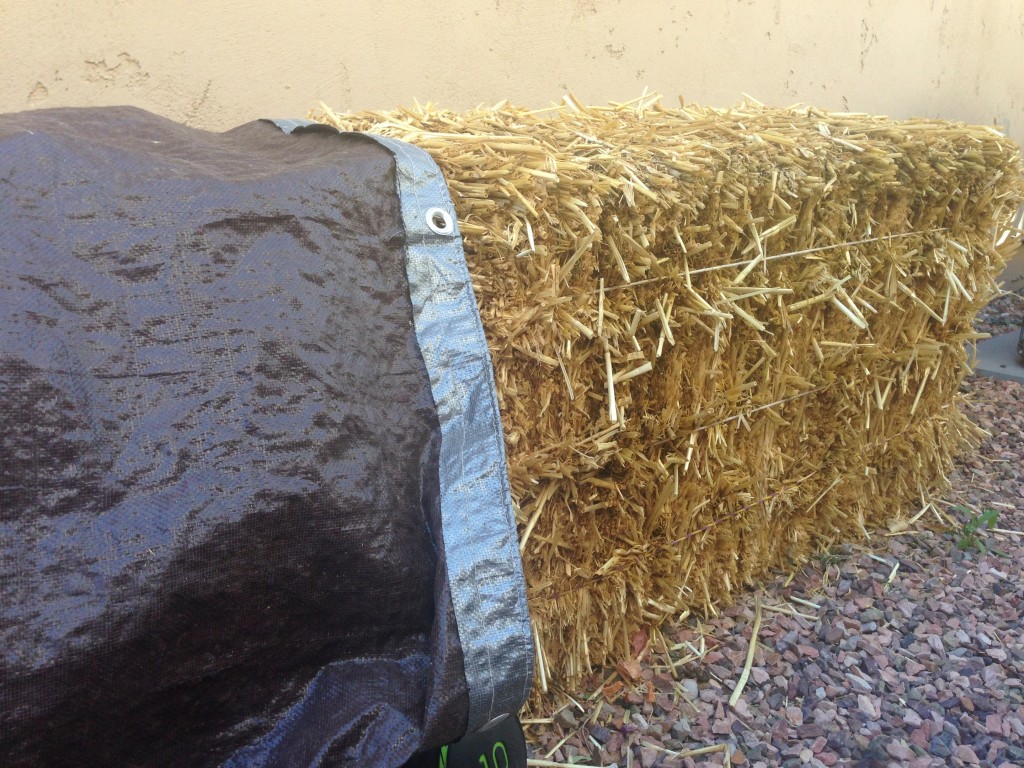
After that, water the bales for 3 days and cover them with a tarp. The goal is to moisten the inside of the bale so it decomposes and then it’s easier to dig and plant.
The next 3 days, sprinkle nitrates and water. I used about a cup of nitrates on each bale. Be sure to cover the bales each time you water.
Then water every few days and just wait for the bales to decompose. In our Arizona sun, this can happen fast. I thought it would happen a lot faster for us, but my bales are set on the shady part of my house. It’s been a few weeks for us and our bales still aren’t quite ready yet.
Once the bales are ready, dig in and fill your holes with potting soil and compost and plant. You can use seeds or starter plants.
There are tons of resources out there on Straw Bale Gardening. Good luck! If you have a garden, share your photos on our NPMB Facebook page. I’ll let you know how our garden is doing there too!
For more posts from Emily click HERE!




